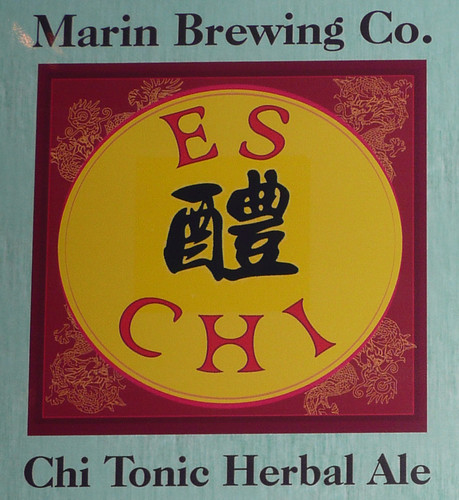
Marin Brewing released their newest beer, an herbal beer made in collaboration with San Anselmo herbalist Dr. Yen-Wei Choong. He runs the Yellow Emperor Natural Healing Center and Zen Garden and has been involved with Chinese herbs all his life. For the last twenty, he’s been working on just the right combination of herbs to improve beer, and make more balanced from the perspective of Chinese medicine.

Brewmaster Arne Johnson started with his E.S.B. as the base beer. To that, he added 38 pounds of the proprietary mix of Chinese herbs that Dr. Choong created. The nose was subtle herbs, almost gruit-like. The flavors were soft and also subtle, in a good way. The herbs were there but never overpowered the beer, and in fact the two integrated together quite well. It was smooth and easy drinking, almost like a session beer, though I believe the beer is around 5.5% a.b.v. A tasty collaboration.

Marin Brewing owner Brendan Moylan, Dr. Yen-Wei Choong and Brewmaster Arne Johnson.
For now, the beer is draft only and will be at several events and places during SF Beer Week. They’ve submitted a label for approval, so it may be available in bottles eventually.



